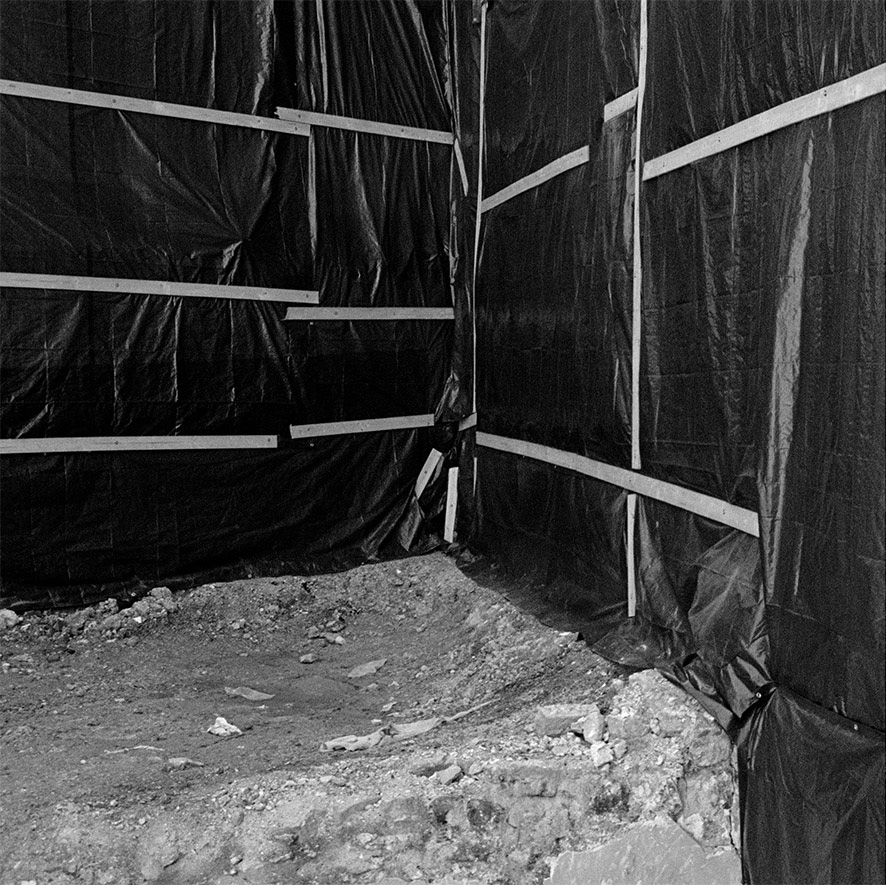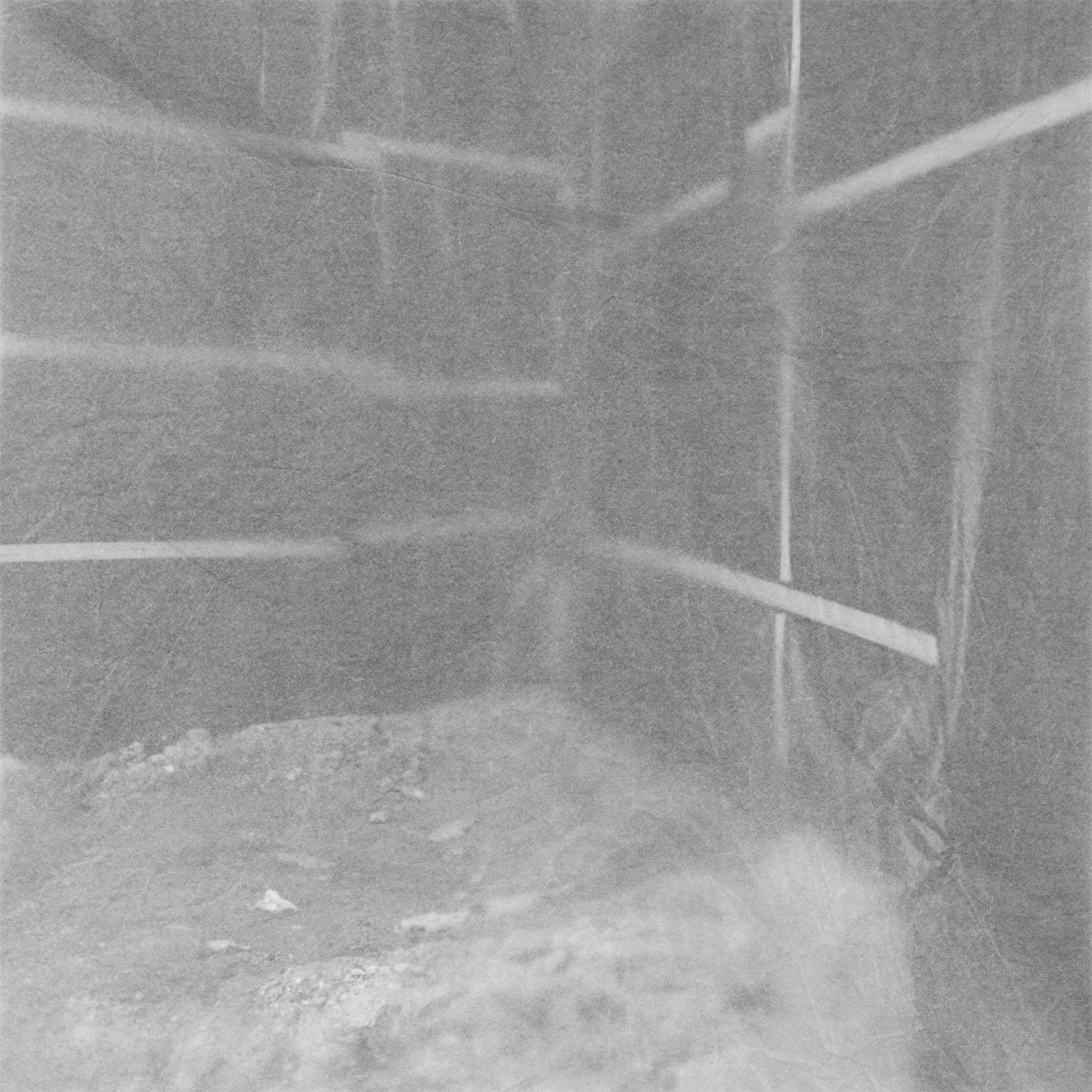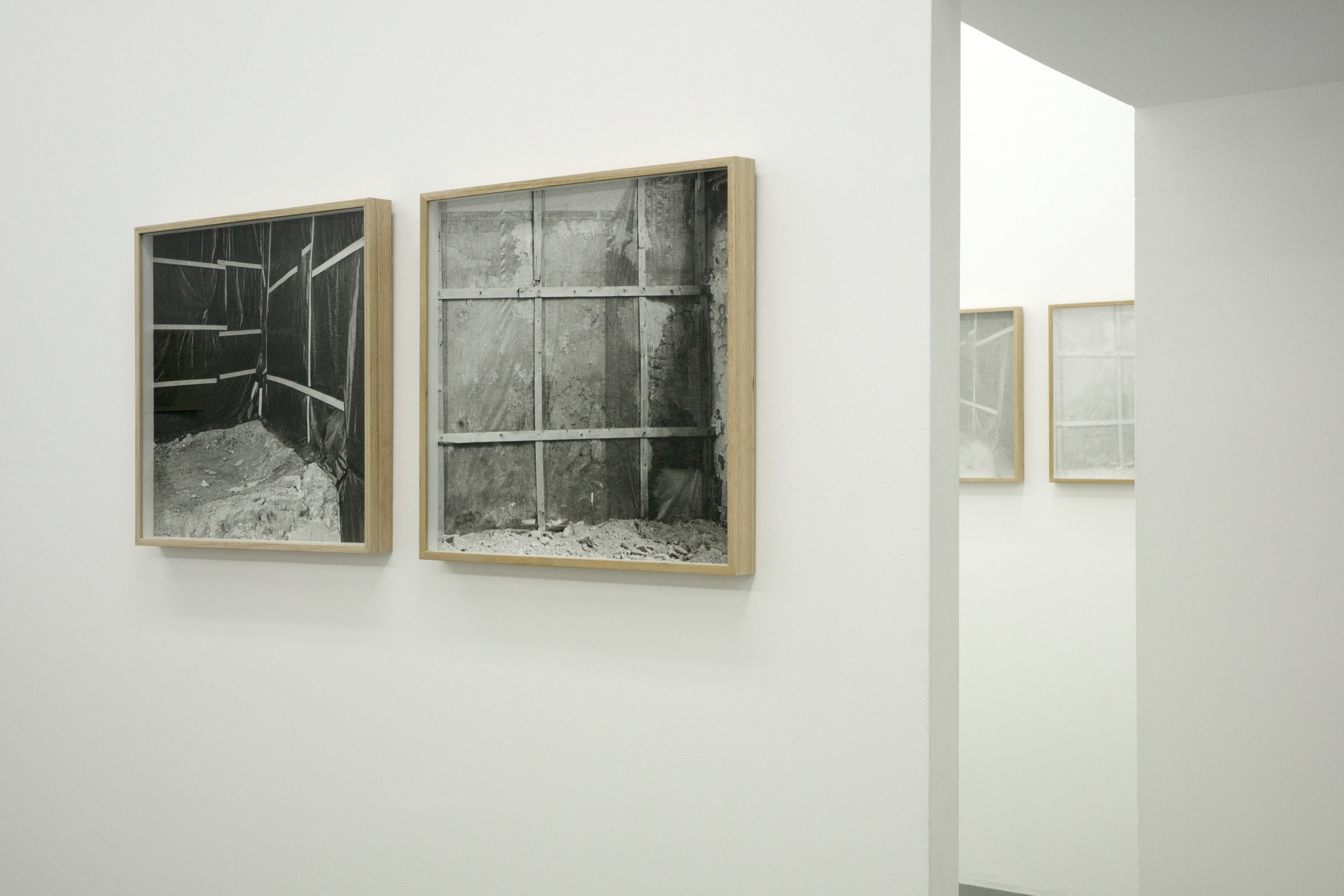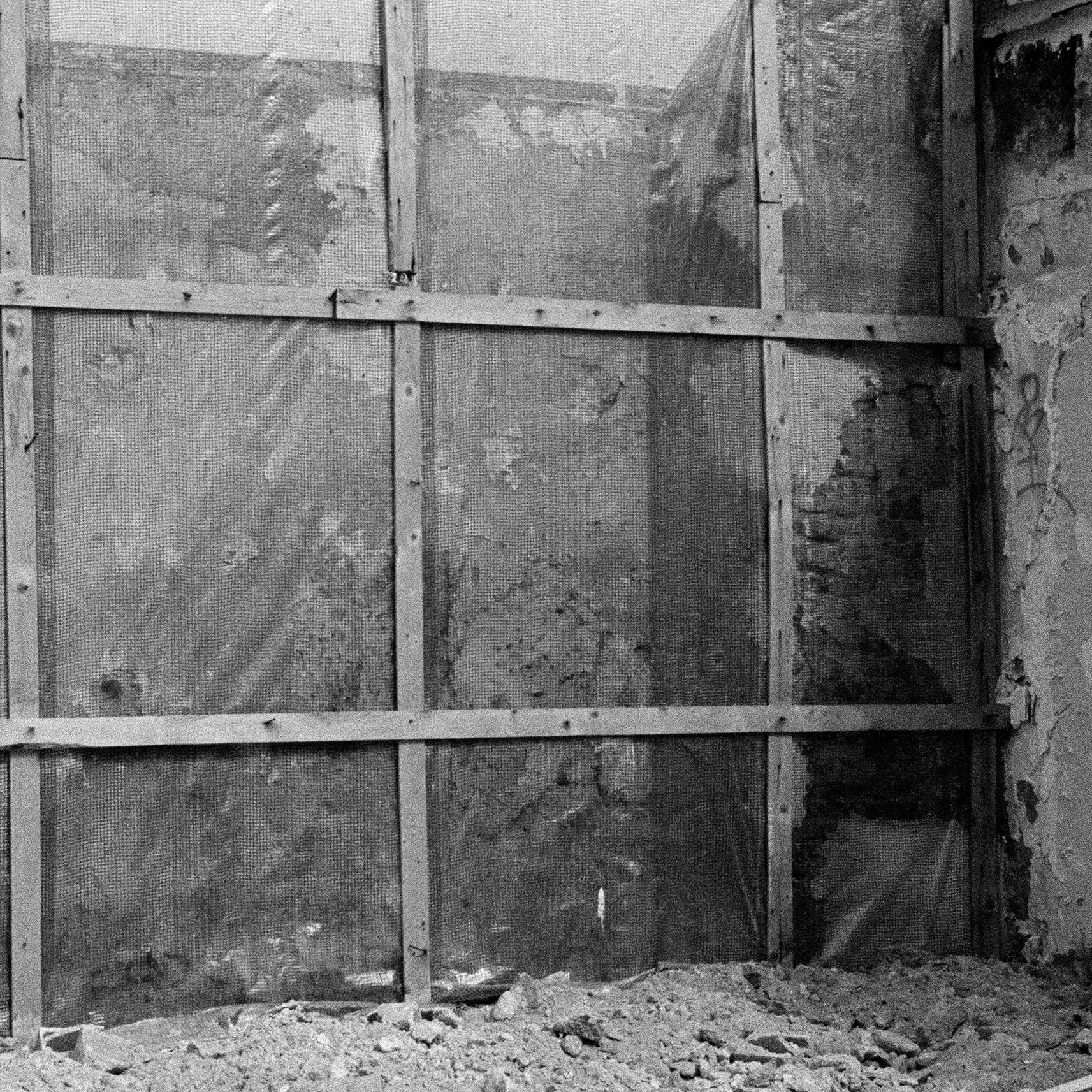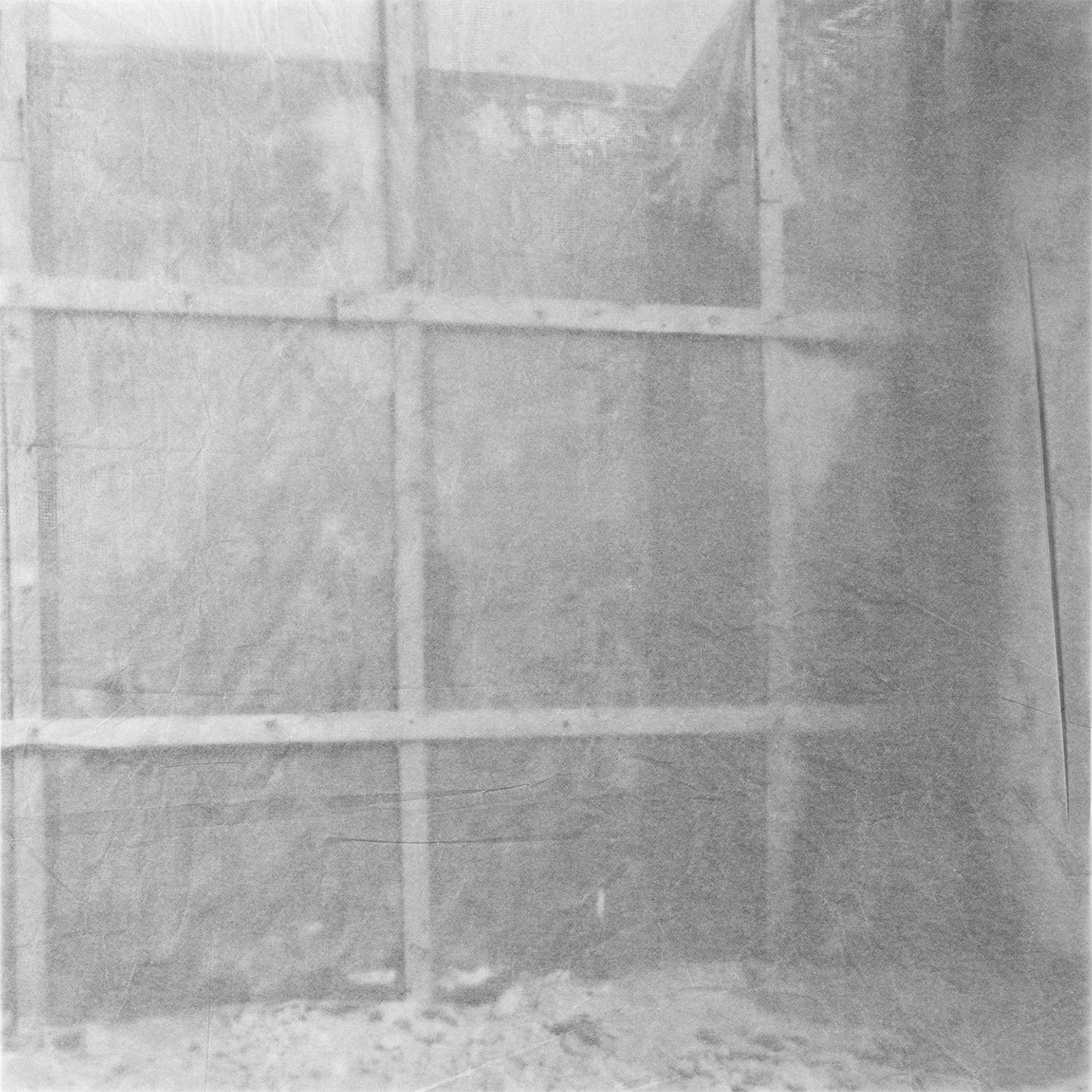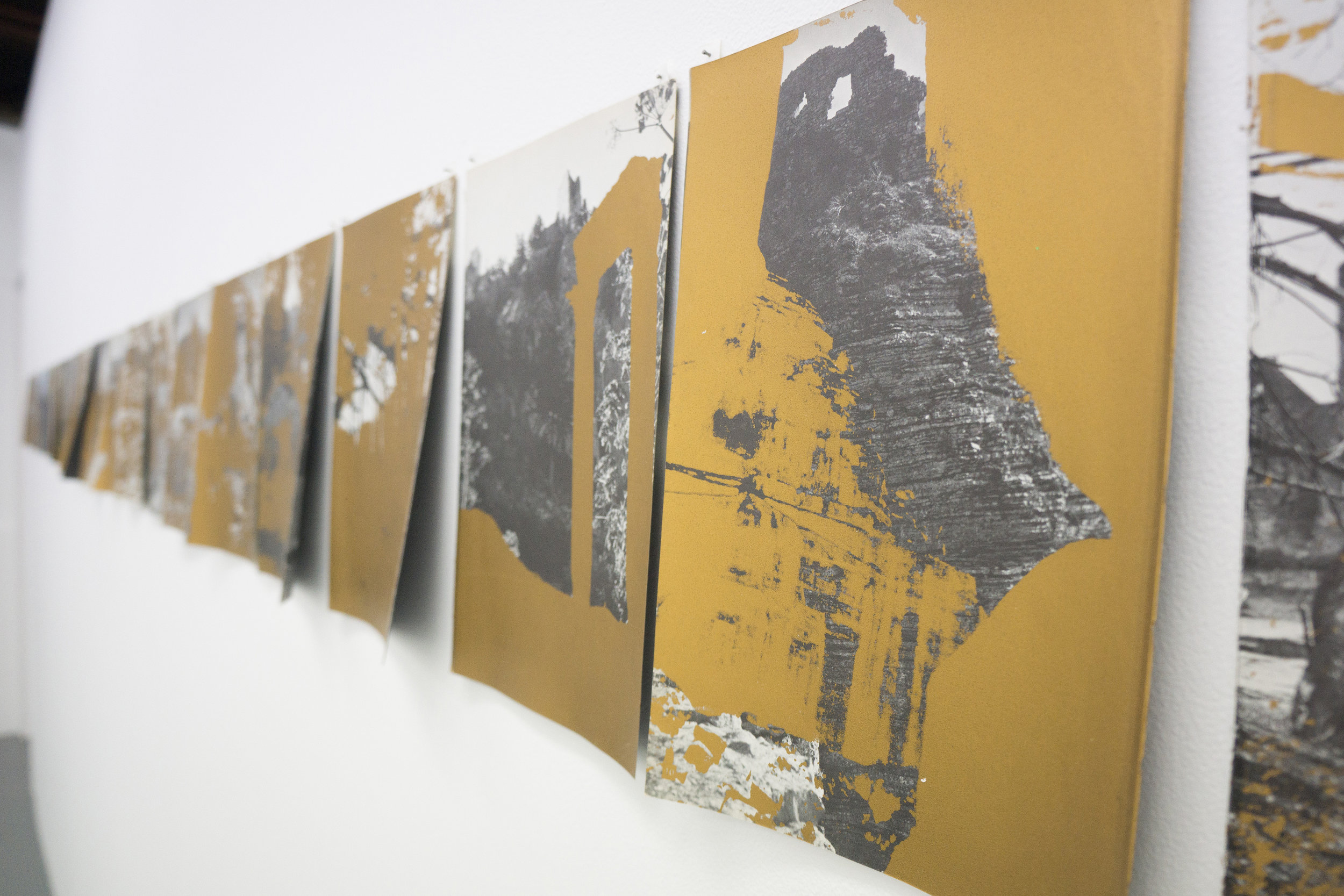You can't get there from here
55 Sydenham Rd
Curator: Consuelo Cavaniglia
27 March - 12 April 2015
Catalogue
Izabela Pluta takes us to similar sites of what could be termed the ‘familiar unknown’, through images of places that we feel we recognise, yet have never visited. An open field on the edge of a city, a scrap yard, a deserted construction site – these interstitial spaces lie between points of definition as sites of abandonment and destitution, of flux and change. Though the works lack any detail that might indicate a particular geographic location, we know and have experienced these places at some point in time. It is perhaps in this very lack of identity that we find the closest connection to these places. In limbo, their past history is disconnected from them and their future potential is out of reach. And it is in this combined lack and void that a sense of longing is triggered, but not by the image of a place that we long for, but rather by the presentation of images that in the face of loss, generate a sense of longing.
The ruin is of particular interest, and Pluta focuses not only on ancient structures ravaged by time, but also on new buildings that were never finished. The latter presents a temporal and structural relationship that is enticingly complex, as these architectural fragments become ruins before they are even completed, and as such hold an unfulfillable future as well as a non-existent past.
In two works from 2010, Sailing for the abyss (wall) and Sailing for the abyss (black plastic), Pluta depicts two buildings that are similarly in a state of partial construction. She further challenges these structures’ relationship to linear time by re-photographing the works, wrapped in tissue paper, and presenting the new works, Re-photographed (black plastic) and re-photographed (wall) (2015), as partners to the first works, forming a new pair that spans across time. This gesture sets off a circular point of reference that parallels Freeman’s approach, and creates another physical and temporal layer that distances us further from the original, anonymous, partly-built structure.
In considering Pluta and Freeman’s practices and how they complicate a linear understanding of time, I am reminded of an essay on Daniel Crooks that described his work as making time elastic. In the essay, author Laurence Simmons draws varied references in his discussion of our relationship to history and time, and describes the idea of a figure facing the past as it is being irresistibly drawn backwards into the future. Further, he states “ Jonathan Mane-Wheoki explained that the word for ‘the past’ in Te Reo Maori is mua, which may, he suggested, be understood as ‘the way we face’. The past always moves ahead of us for guidance, while muri the word for ‘the future’, he translates as ‘the left behind’ or the unknowable. The past is always there to be remade in the contemporary world.”1
Consuelo Cavaniglia, Curator
2015
Notes:
(1) Simmons, L ‘Daniel Crooks: the future and the past’ in Artlink, Vol 29 no 1, 2009, pp20-27.

